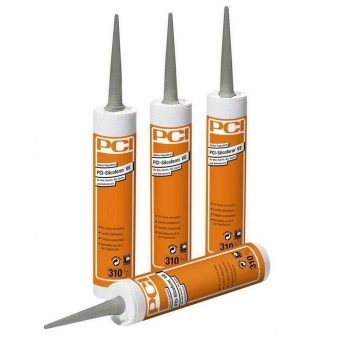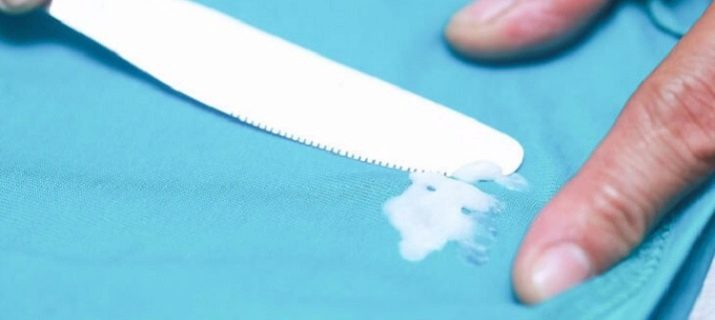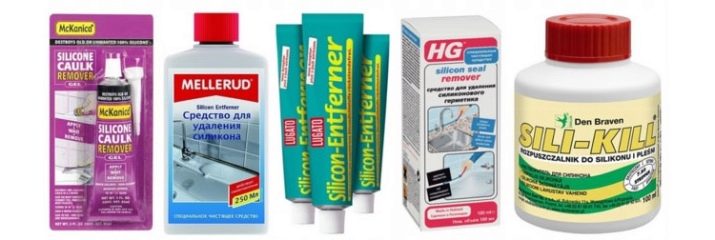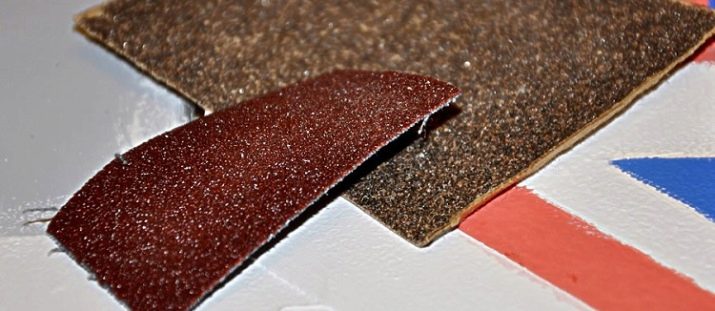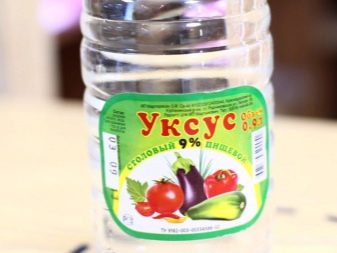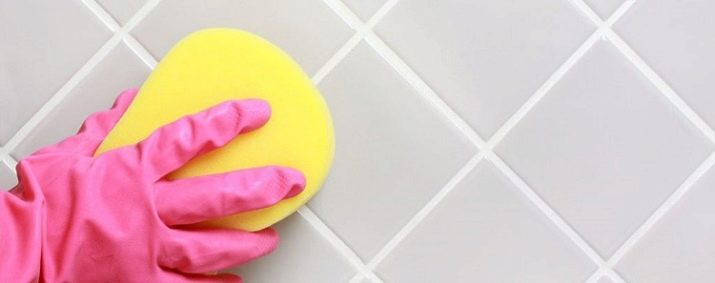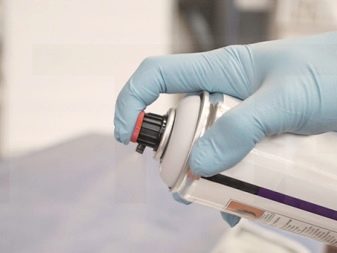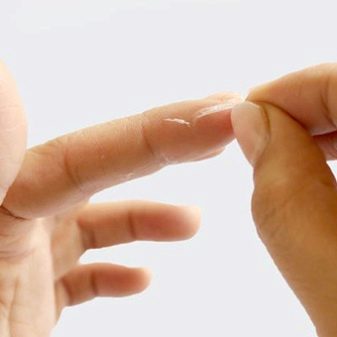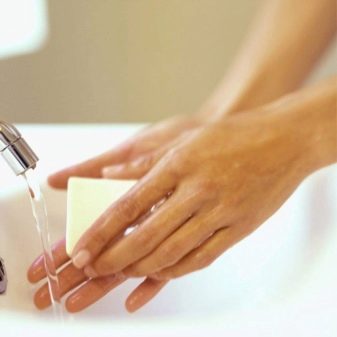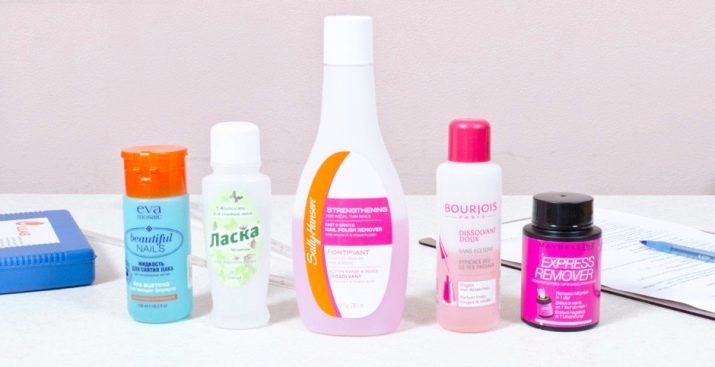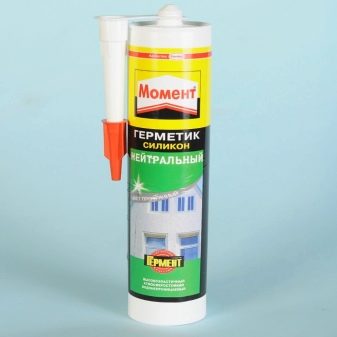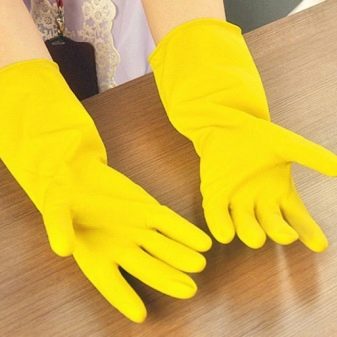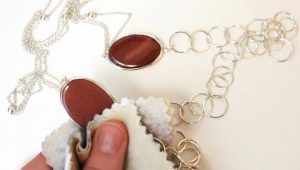How to wash the silicone sealant?

Silicone sealant is widespread in the construction industry. Due to its high tackiness and resistance to external factors, the material is a quality seal that seals gaps and cracks. But these qualities may have a negative side in cases where the application of silicone was erroneous or involuntary. Here there is a question about the need to remove traces of the mixture from the stained areas. In this case, remove the sealant, as well as apply, you need as carefully as possible.
Many manufacturers save on the production technology of the product, because of which it freezes for a very long time and retains its adhesive properties for a long time. This fact can not only reduce the density of compounds and insulation, but also endanger the skin and clothing. Accidental contact with an uncured sealant will leave a noticeable mark on fabric and leather, as well as an unpleasant emotional residue, ruining your favorite thing and adding concern for its further cleaning (if it gives a positive effect).
Features
Silicone is a unique substance available for use in sealing. It is non-toxic, so it is often used to seal tile seams in the bathroom, kitchen, pool, refrigerators and ovens. Over time, it can still turn yellow, crack and its sealing properties are broken. Then you need to carry out a planned replacement of the material, and for this you have to remove the old one. This material is also used as an adhesive base for joining various parts.
The difficulty of removal is the property of silicone to penetrate deep into the cracks and pores of rough surfaces. Also complicate the work can and the width of the surface coated with silicone. Therefore, it is necessary to clean the sealant very carefully.
With regard to the composition of the mixture, then in addition to the main substance, there are various kinds of additives. Bactericidal compounds that prevent the penetration and development of microorganisms in the joints of kitchen or toilet tiles, plus various solvents, which give the substance elastic and sticky properties.
Because of the solvent, the sealant has a recognizable sharp odor, because chemicals are used to remove material with extreme caution.
There are two groups of silicone seals on the market - one-component and two-component.
They are sold in conventional plastic or plastic tubes. They harden when the solvent in the mixture evaporates, but only thin strokes are capable of completely drying out in due time. Most of the adhesives on the counter are one-component, which in turn can be acidic and neutral:
- Acid - have a pronounced smell of acetic acid, very inexpensive and effective.
- Neutral - practically odorless, more resistant to temperature extremes, and their price is noticeably higher.
The purpose of the adhesive sealant, as a rule, is indicated on the packaging: automotive, construction, special and others. Two-component (compounds) harden when interacting with a kind of catalyst. They are rarely found in regular stores due to the fact that they are mainly used for industrial purposes. Completely hardens in any quantities and on any surfaces.
Ways to remove
If the sealant gets into places where it was not planned to be applied, the problem arises of removing it.But it is very difficult, because, no matter how much effort is applied, there are still traces. Mainly used two methods of cleaning silicone: chemical and mechanical.
The chemical method involves the use of substances that dissolve or soften the material. On the shelves of shops there is a wide range of solvents that clean the traces of the seal without damaging the surface. These are all kinds of gels, liquids or blowing agents.
Mechanical involves scraping the sealant by hand. It is undesirable to do with surfaces that are in a prominent place, because you can scratch them. But if the material is resistant to damage, mechanical cleaning is the best option.
Facilities
As for dry cleaning, as already mentioned above, solvents do an excellent job with this task. Their choice for work depends on the composition of the sealant undesirably spilled on a clean place. If the glue contains vinegar, the solvent will be a concentrated solution of acetic acid. If the sealer gives elasticity to neutral substances, then it can be washed off by increasing their concentration, that is, using alcohol, amides, oxides, and so on.
In addition, glue on a neutral basis perfectly removes acetone and gasoline. From universal remedies known "Penta 840" and "Anti-Force". In cases where you need to remove the old dried layer of silicone - in the course are special solvents.
Mechanical means must be sharp or rough. Therefore, it is often used here:
- blades;
- knives;
- spatulas;
- sandpaper;
- pumice;
- scrapers;
- screwdrivers and so on.
The bulk of the silicone is cut off with a sharp object, and the rest is rubbed with sandpaper or pumice. This is done very carefully, without damaging the surface to be cleaned. But if the soiled material is very durable - you can remove the silicone quickly and easily.
From the available tools for cleaning smooth glossy surfaces, you can use a peculiar gauze-salt swab. To do this, wet salt is poured into the cloth or gauze and wrapped. Such a tampon gently wipes a tiled or glass surface on which there is residue of glue. Still, if there is a possibility, the material on which the sealant has adhered can be slightly warmed up. The mixture softens and is much easier to scrape off. This method is well suited for glass and metal, but the main thing is not to overdo it.
How to wash clothes?
Very often clothes are sticking with silicone glue. Unlike other substances, it is not washed by any stain remover. Immediately after being hit, it is necessary to immerse the fabric in hot water. Heat will soften the glue and make it easier to remove from the fibers. If it is not possible to immediately throw things into the washing machine, and the sealant is already frozen, then you have to resort to already known solvents. Soak them in clothes for half an hour, and then calmly wash the stain.
The colored fabric can spoil the solvent, because here it is desirable to resort to mechanical cleaning. To do this, you have to lay out your favorite T-shirt on a flat surface, and gently, layer by layer, cut off the remnants of the mixture from the fabric to the very foundation. Deeply ingrained solution in the fibers is scraped with a brush or pumice. It would be nice to treat the residues with a concentrate of vinegar or another universal solvent, and also with gasoline or alcohol. Then, of course, it is better to wash the remains of the softener in hot water.
What to wipe from different surfaces?
Polyurethane sealant sometimes needs to be cleaned from a steel bath, from panels, from a worktop and other surfaces. This can help you glass sanitary scraper or other means.
Enamel and ceramics
It is better to remove silicone residues from the enameled lining and plumbing without the use of coarse powders and other mechanical means.These surfaces require a neat attitude, because they are easy to scratch. The cleaning process consists of a series of sequentially performed actions, strict adherence to which will provide the desired result:
- First, the bulk of the mixture must be cut with a knife or spatula.
- Then the remaining glue is richly covered with solvent and left for half an hour.
- The softened sealant is removed, and the place where there was a stain is rubbed dry.
If, however, it is not possible to completely get rid of the stain, then the reason for this may serve as an unsuccessfully selected solvent. Having chosen the necessary liquid, the rag moistened in it, it is necessary to leave on the stucked sealant for several minutes.
The result of proper processing is the "twisting" of the glue and its gradual lag. When this happens - the pellets are cleaned with a dry sponge or cloth.
Silicone glue weakly adheres to a smooth surface, because for cleaning it is enough to use a solvent and exposure to a rag or pumice. Not bad copes with cleaning and special plastic spatulas. If the tile does not have an enamel coating and is rather rough to the touch, the process of removing the sealant can be complicated several times.
Plastic
To clean the sticky mixture of plastic surface is easiest. After all, the surface of the plastic does not adhere to the adhesive substances, unless there are no deep scratches and cracks on it. Solvents are used in shower stalls, acrylic baths, plastic pipes and trays. Before this, traces of silicone are moistened with water for an hour and then removed with degreasing solutions.
But if a primer was used during the application of the sealant, this will significantly complicate the process of full cleaning. After all, because of this, it will be more difficult to choose the right solvent, and the glue will have to be softened along with scraping.
Regarding the solvent itself, some of its types, for example, acetone, can soften not only the sealant, but also the plastic itself, because here you need to be extremely careful. Optimum for plastics DowCorningOS2, as well as WhiteSpirit. The substance does not affect polyethylene and acrylic.
Regarding the latter, it is also desirable to follow the sequence of actions to clean it:
- Applying solvent to the stain and waiting for the softening effect.
- Processing with a soft (wooden or plastic) spatula glue residue.
- Cleaning with a rag or sponge traces of the mixture.
- Degreasing and drying the surface.
Acrylic bath and washbasin coating is very sensitive to scratching. Based on this, to care for it, it is necessary to exclude coarse metal brushes, scrapers, blades and other sharp and rough objects.
How to remove from the hands?
Working with silicone sealant requires compliance with personal safety measures, therefore, it should be applied only in protection - gloves are worn on the hands, and the body is dressed in thick clothes. But, despite this, there are cases when the mixture still remains on the skin, and it is difficult to wash it off as a result. Besides the untidy look, building material can cause skin redness, irritation and allergic reaction, because of this, you need to wash it off as quickly as possible.
Soap and cellophane
This method requires taking an ordinary clean plastic bag or a piece of oilcloth and rubbing the contaminated area with it. Most of the glue will remain on the polyethylene, and the rest will be easier to wash with soap under the tap with warm water.
Pumice and water
Water for this purpose is preferably heated. The method works well on fresh sealant, and if you put your hands in a vessel with warm water, the glue will quickly soften. Then it remains only to rub the dirty area with pumice, removing the keratinized skin layer.
Solvents
Here they will cope well with their mission. Nail polish remover, table vinegar and gasoline applied on a cotton swab will clean up the pollution with high quality. The main thing after this wash your hands well with soap and then apply a skin care cream.
Oil and powder
Hands should be moistened in heated vegetable oil, then rub with a small amount of washing powder. The liquid will soften the skin, expanding its pores, where small particles of glue linger, and the powder adsorbs dirt, and your hands will be clean again. The main thing after this Do not forget to thoroughly wash your skin under running water with soap.
Plus, ordinary cotton with alcohol removes dirt well.
Precautionary measures
Regarding personal safety, then work with silicone sealant should be carried out exclusively in protective clothing and be sure to wear gloves. Hands should be protected from possible ingress of glue, and therefore experienced craftsmen recommend soaping their hands before work. This will create a special film on the skin, which is able to repel the sticky mixture, not allowing it to penetrate into small pores and linger there. It is extremely undesirable to allow contact with the seal of the hair-covering areas., because it is almost impossible to wash hair from a sticky mass.
Regarding the protection of the surfaces of solid materials from unwanted ingress of glue, it is better to take care of their protection. Adhesive tapes, special silicone repellent solutions can be used. No one has canceled the accuracy of handling materials. You should not carelessly leave a tube of sealant near clean surfaces. If, however, a nuisance has occurred, it is necessary to immediately correct it: the longer the mixture is in the air at room temperature, the harder it becomes due to the gradual evaporation of the solvent.
It is better to prevent an unpleasant situation than to eliminate it later. The range of use of mounting sealant is very wide. Be it sticking gaps or connecting two identical or different surfaces - it is always important to be careful. To begin with, it is advisable to get acquainted with the composition of the adhesive in case you have to quickly wash it off.
You can not allow the "assistant" to spoil the look of the interior of the kitchen or bathroom, as well as stain your favorite T-shirt or even your skin. Let the blue sealant only benefit.
How and how to clean the silicone sealant from different surfaces, see the following video.


